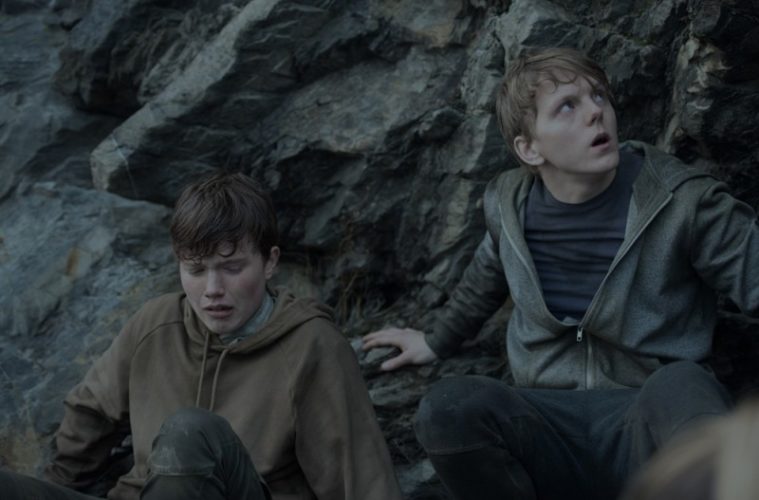Paul Greengrass, director of United 93 and Bloody Sunday, returns to the realm of the “too soon?” with 22 July, a clichéd and rather problematic film–with a frankly reprehensible first act–that dramatizes the attacks in Oslo on that awful day in 2011 when 77 people, mainly at the Utøya island youth camp, were murdered by a nationalist gunman named Anders Behring Breivik.
The tricky task of portraying Breivik has been given to Oslo native Anders Danielson Lie, an actor who can still boast at least one great calendar-related film with Oslo, August 31st (which premiered at Cannes the very same year of the tragedy). That movie’s director, Joachim Trier, managed to utilize Lie’s deep-set eyes and angular features to suggest a kind of profound melancholy. Greengrass, on the other hand, uses them in far less subtle ways, and it’s exactly that kind of heavy-handedness that makes 22 July so trivial.

This is not only Breivik’s story, of course–Greengrass actually shows three threads: the gunman; his morally troubled defense lawyer Geir Lippestad (Jon Øigarden); and a young man, Viljar (Jonas Strand Gravli), who was shot multiple times on the island but lived to tell the tale at Breivik’s trial. Any one of these tales might have been fascinating in isolation, but, even at a lengthy 143 minutes, Greengrass spreads himself too thin.
Granted, this was always going to be a rather hubristic undertaking. Just ask Erik Poppe, who made U – July 22, a film about the attack and saw it premiere at the Berlin Film Festival to cautious acclaim earlier this year. Poppe has been criticized for turning the attack into something of a thrill ride (it’s presented as a single take told from a girl’s perspective) much as the aesthetically similar Son of Saul could be read as something of a thrill ride, too. Next to Greengrass’ film however, Poppe’s looks a relative masterpiece, one that obviously benefits from being shot in Norway, by a Norwegian, and with a Norwegian cast who speak their own language. It is also a harrowing experience, one designed to suggest what it might have felt like to be there, which is more than you can say for 22 July’s treatment of the massacre, which is unflinching, yes, but severely lacking in class and with seemingly few thoughts spared for the victims and their families.

Greengrass apparently shot as much as he could in the Scandinavian capitol, but word has it he was not so welcome and had to relocate to Iceland. Perhaps he should have read the signs. To his credit, Greengrass has also hired a full Norwegian cast. Why, exactly, he decided to have them all speak English is another matter. The bilingual actors are more than capable, but the performances seem unnecessarily stilted as a result; given the success of subtitled shows such as Narcos (22 July is also a Netflix production), it’s a touch bizarre that he’s had them do it in the first place.
One of Poppe’s lines of defense for his film is the fact that he basically never shows Breivik onscreen so as not to glorify the man’s actions in any way. Greengrass, on the other hand, gives Breivik basically the same screen time as Lippestad and Viljar, mocking the character for wanting to speak for himself in court while also giving him that very platform, in a sense. Worst of all, perhaps, the director over-simplifies the killer, portraying a perpetrator of some of the most heinous acts imaginable as a basic fool with mommy issues. It’s crass and careless stuff in a crass and careless movie. Avoid at all costs.
22 July premiered at Venice International Film Festival and hits theaters and Netflix on October 10.

